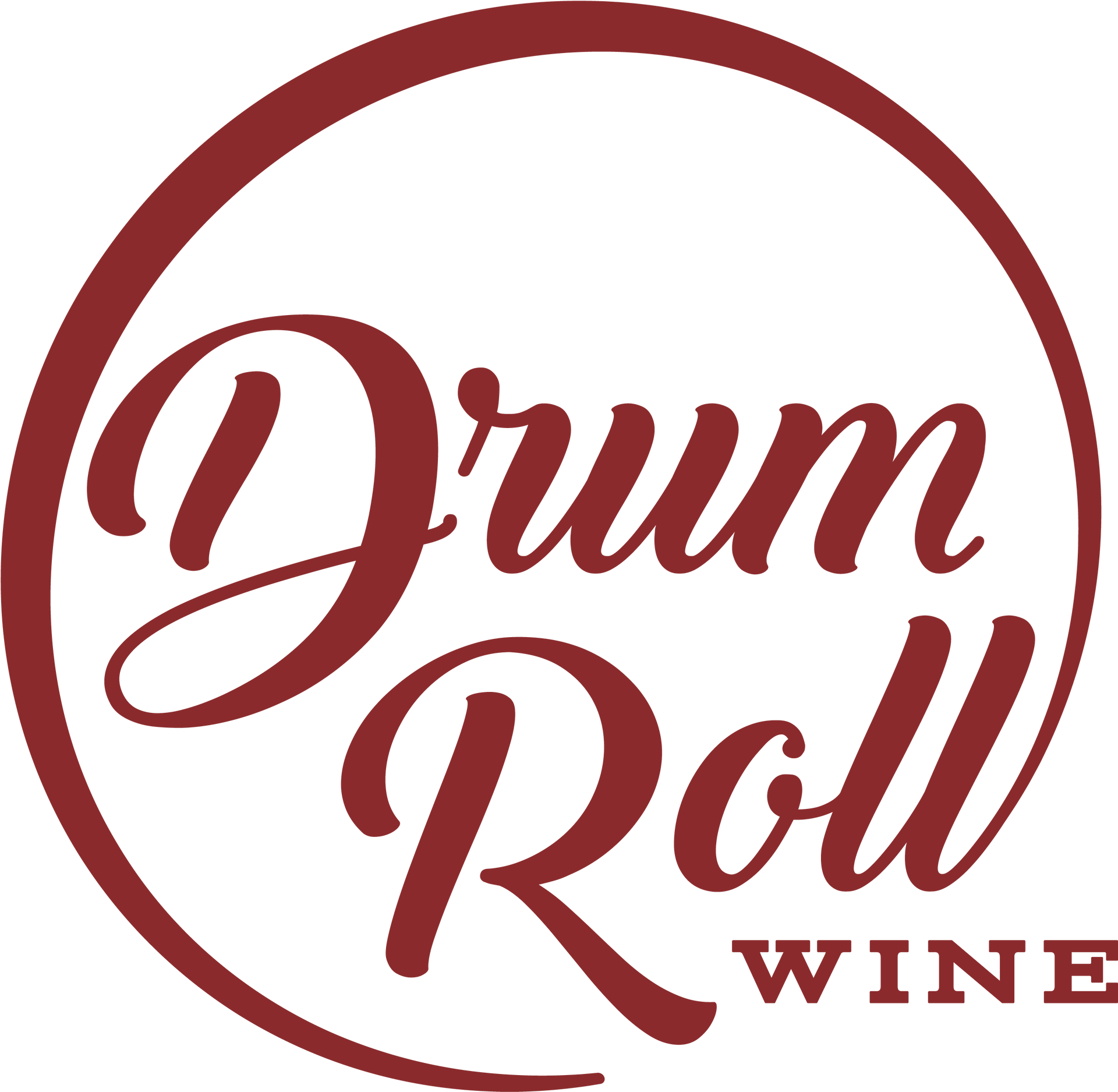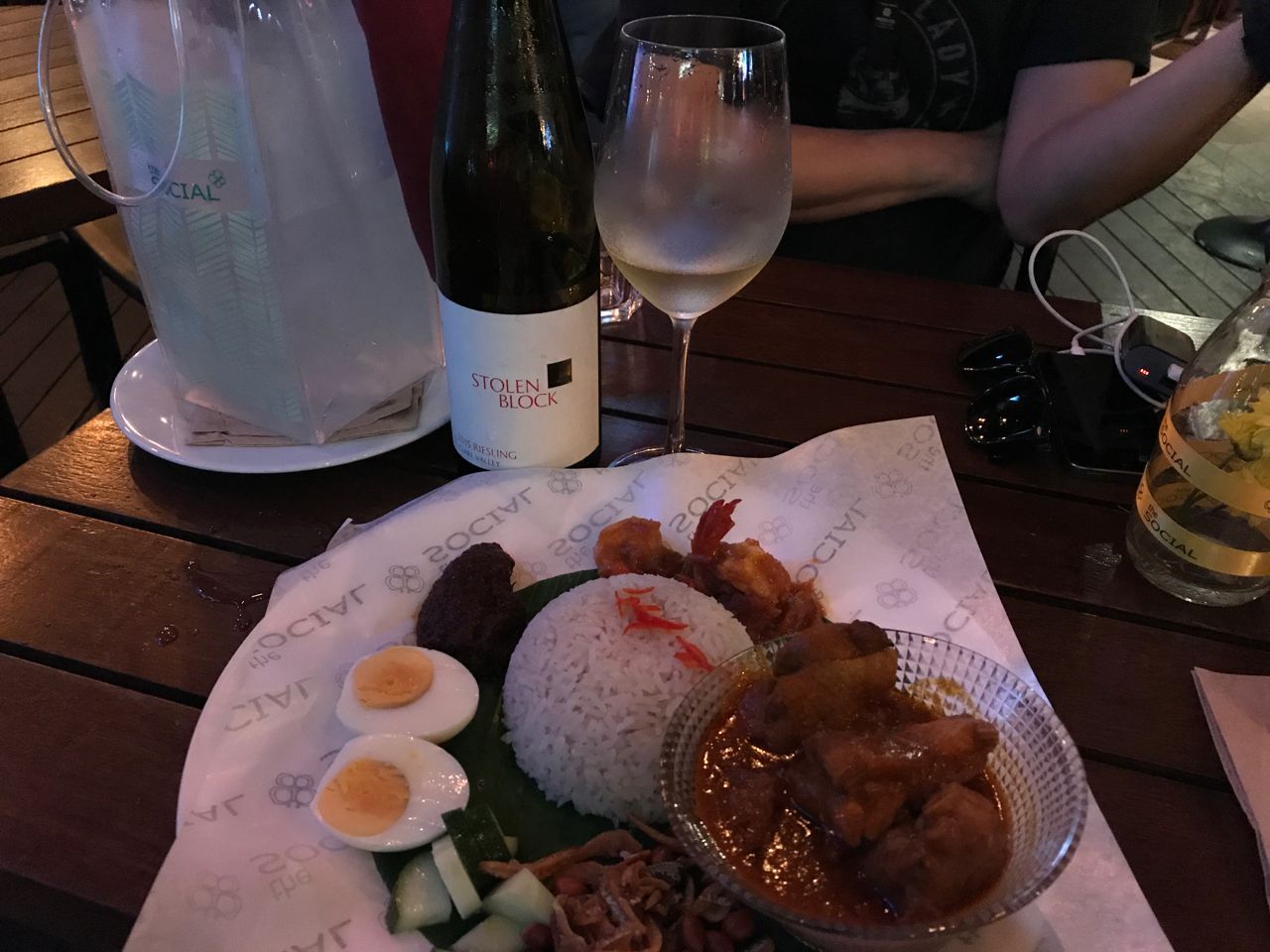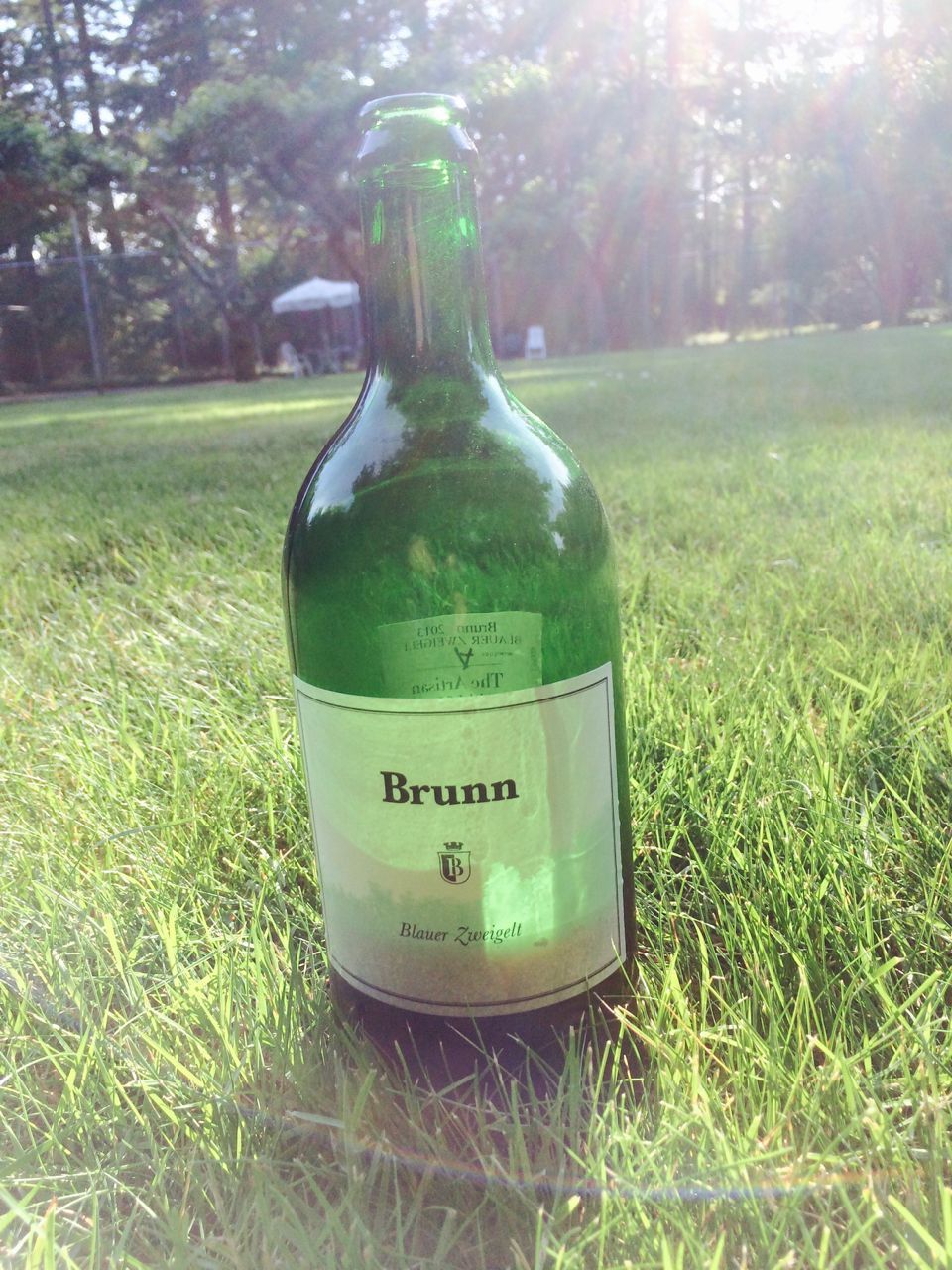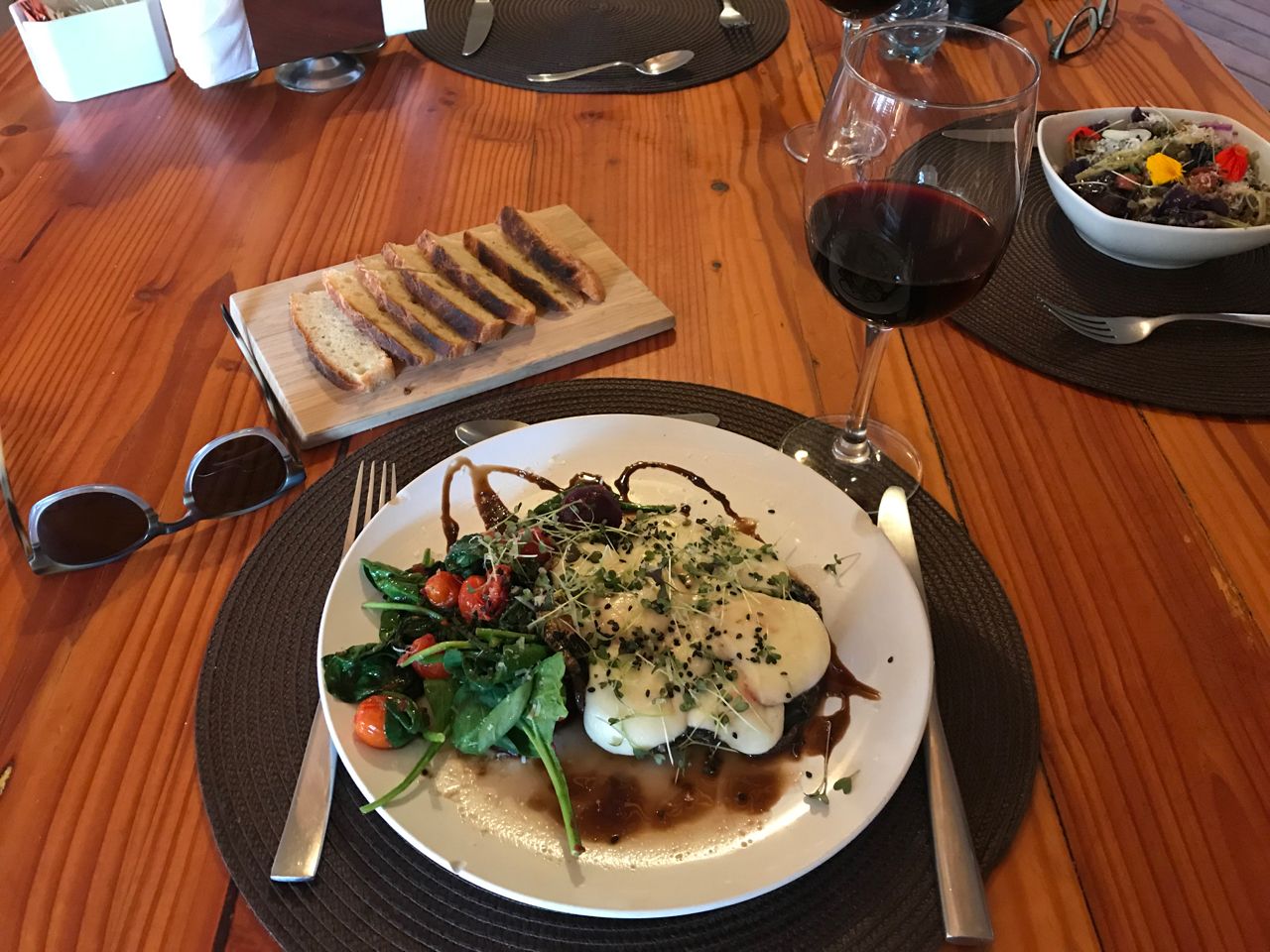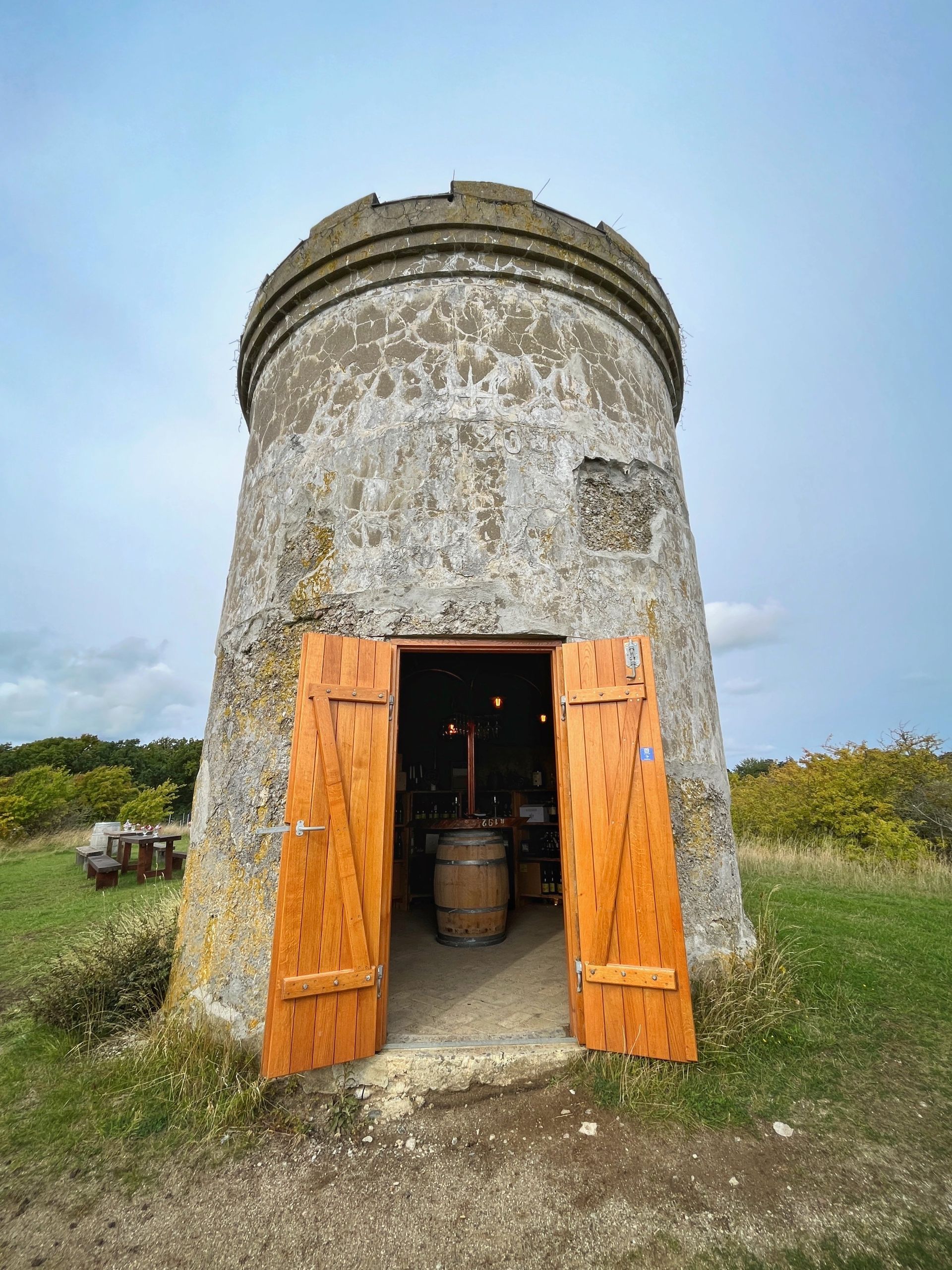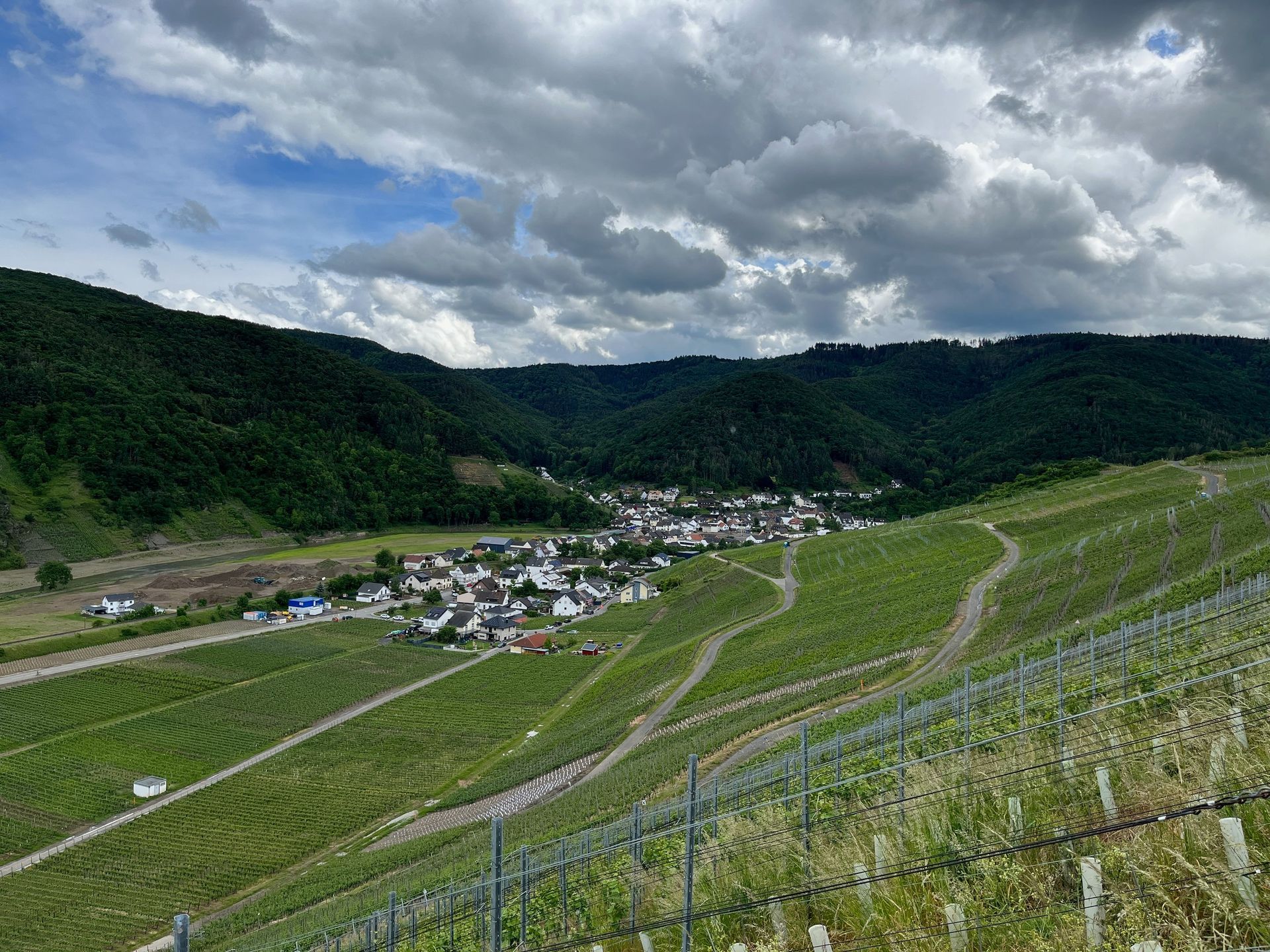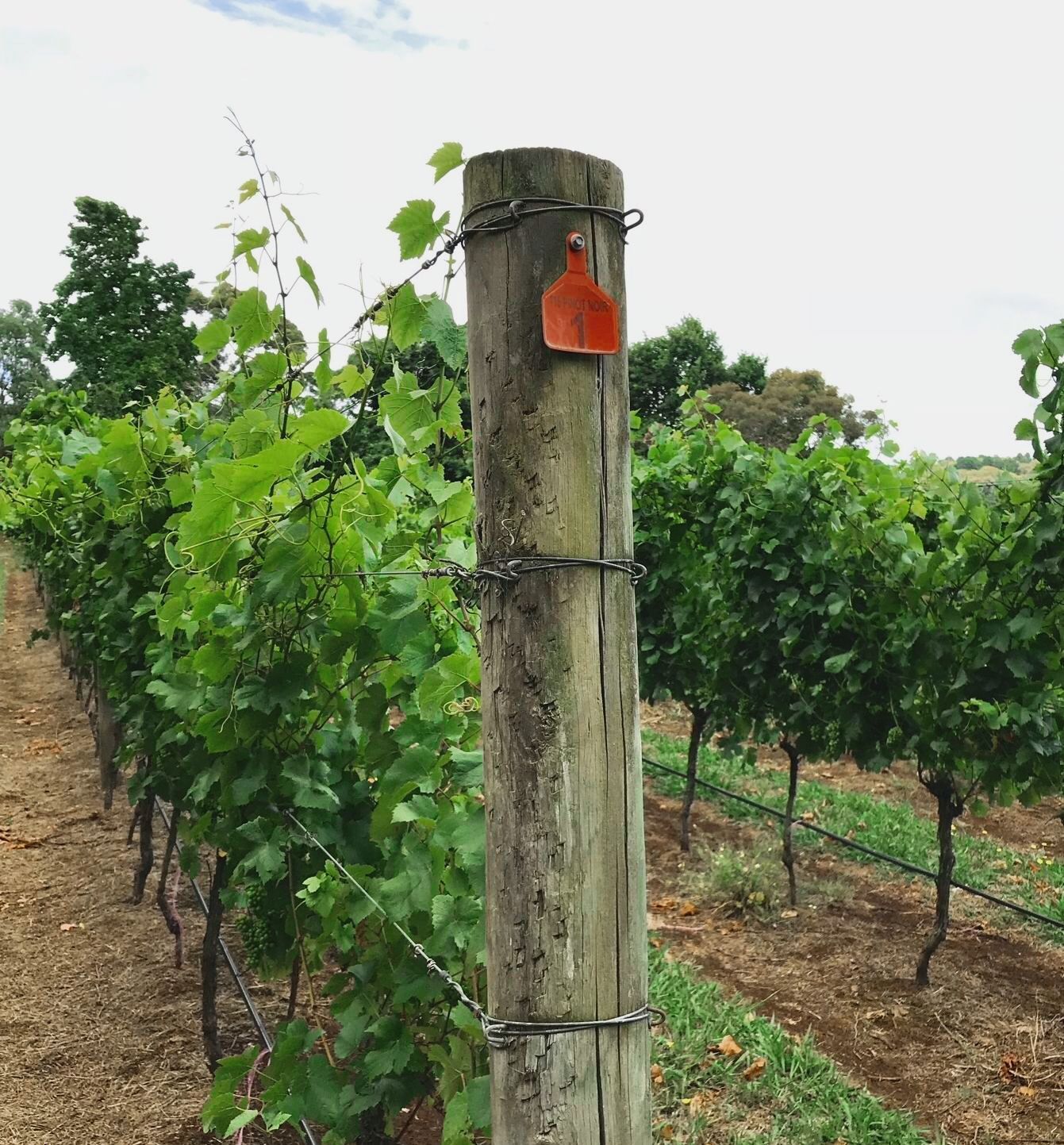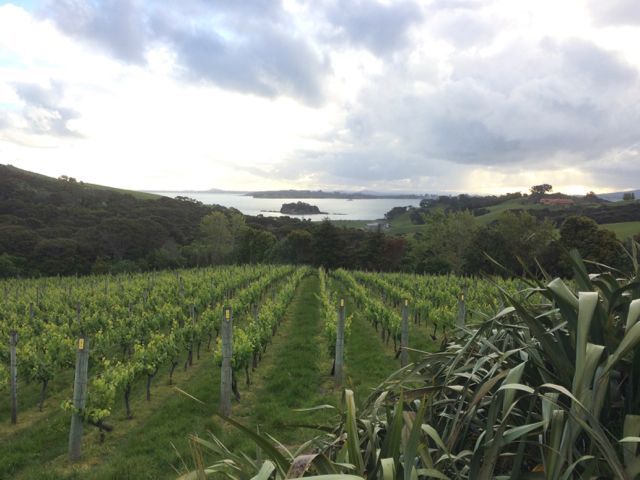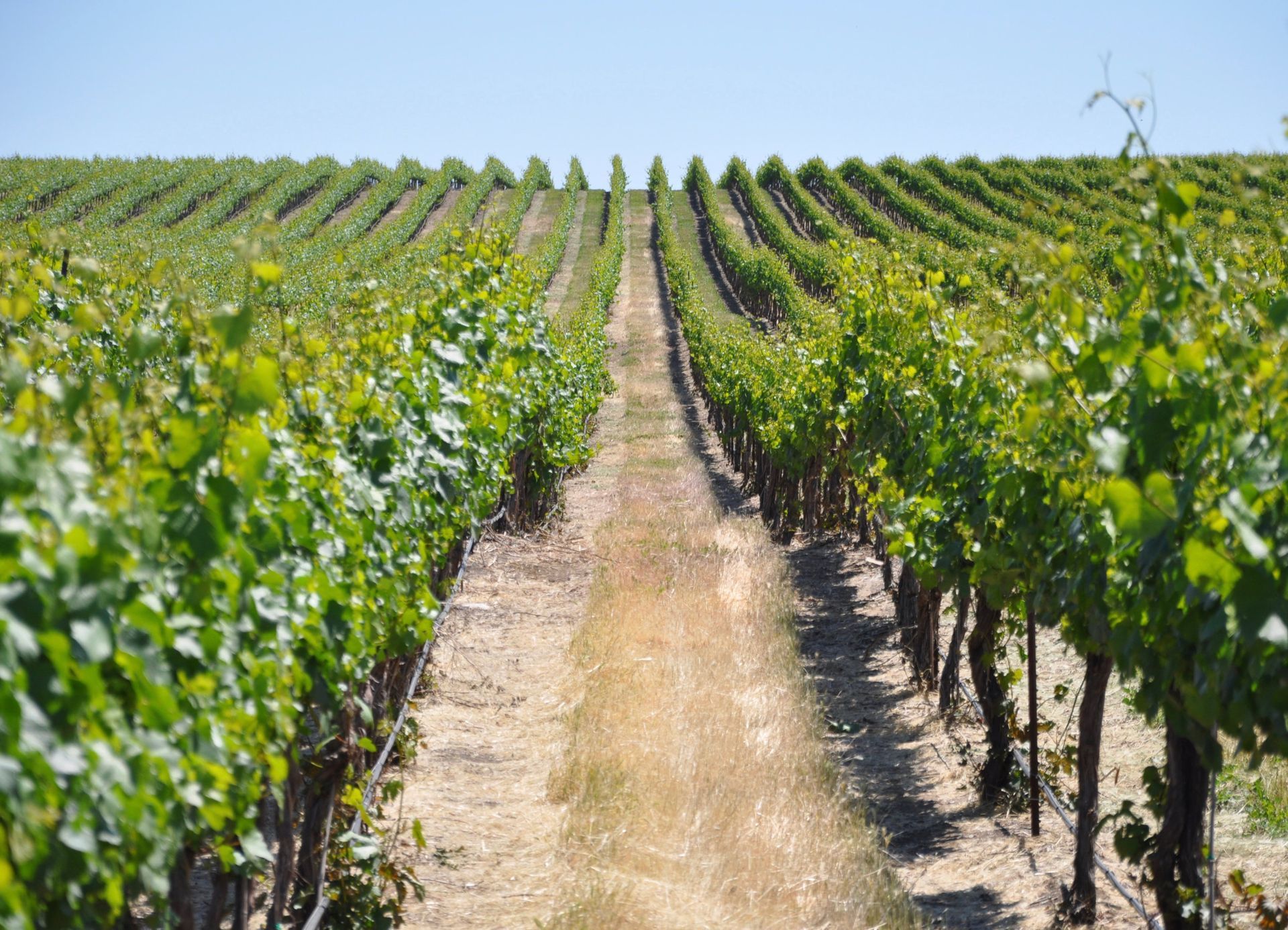Why does food and wine pairing seem like such a complicated topic? I can think of three reasons. For those of us in the so called “New World” of wine (i.e., outside Europe), there’s little tradition or cultural intuition when it comes to serving appropriate wine with different dishes and meals. In fact, wine is seen as a drink to be consumed in the absence of food (i.e., a cocktail) primarily in countries like the US and Australia. In the “Old World” wine regions of Europe, wine is generally considered part of a meal. In fact, wine is food for many Europeans. Which means there’s a built-in sensibility for matching wine with food that goes back generations (and centuries).
Another reason food and wine pairing can be a daunting subject is that there are so many more kinds of food available to each of us than ever. If you grew up in a Hungarian village a hundred years ago, food and wine options were limited and pretty clear when it came to matching them. But now Hungarians have access to food from north Africa and wine from South Africa (same gigantic continent but extremely different cuisines and cultures). Now multiply that one example by the spread of previously-obscure foods all over the world. Plus, many kinds of food are available to us from parts of the world with little to no wine tradition at all (Vietnam, Mexico, Ethiopia, and so on), so there are no time-tested guidelines.
Finally, food and wine pairing can feel overwhelming because there is no single guideline to follow. Sometimes it’s best to match wine and food in their taste and flavor components so they complement one another (e.g., barbecue and a smoky zinfandel). Other times, a contrast serves better (bitter food plus bitter wine is usually just too much bitter). Thankfully, you don’t have to be an expert to experiment in a thoughtful way. As long as you’re willing to move on from the “drink what you like, eat what you like” advice you once heard (you’re no slacker, after all), and commit to learning a little at a time, you’ll develop a solid sense of how food and wine fit together.
Where Do We Start?
Perhaps the most basic consideration to help solve food and wine pairing mysteries is the actual purpose of the wine served with a meal. As much as some sommeliers may hate to admit it, wine generally accompanies a meal (not the other way around) and the primary role of a beverage is to cleanse and refresh a diner’s palate so each successive bite tastes as good as the first. High acid wines are refreshing and cut through tastebud-coating fat so are very flexible. Consider riesling, pinot noir, and most sparkling wines in this category. Want to pair a steak with Champagne? Don’t let anyone stop you! Including your cousin Norman who’s always carrying on about California cabernet.
The First and Best Guideline
A practical, time-tested tip for pairing is the classic, “If it grows together, it goes together.” Having Beef Bourguignon? Pair it with a red wine from Bourgogne (i.e., Burgundy). Schnitzel? Grab a well-known German wine like riesling. Pasta with a bolognese sauce? You got it, a red Italian wine (there happen to be a lot of those so just choose something you’ve heard of to get started). This one guideline will take you surprisingly far.
Flavor Components
Any thoughtful consideration of this subject requires a look at food and wine flavor components and how they interact with each other. Sweet foods as well as those with strong savory umami characteristics bring out any harsh characteristics in a wine (such as bitter and sour flavors) as well as diminish the gentle elements of wines (like sweet and fruity sensations). This is why desserts should be paired with very sweet wines and umami-driven foods are sometimes just difficult to pair altogether (though fruity wines without too much acid or tannin are a good place to start).
On the other hand, salt and sour flavors in food have the opposite effect on the perception of wine. So adding salt to a dish high in umami makes it easier to pair with wine. This is also why french fries can pair with just about anything (though care should be taken not to pair salty food with especially big wines as salt does increase the sense of body in a wine). For foods high in acid (like much Asian cuisine), it’s often best to choose a wine high in acid as well. Otherwise, the wine may seem too flabby on the palate.
Protein
It’s common to consider the main protein in a meal when planning a wine accompaniment. Steak with cabernet sauvignon, pork with pinot noir, chicken with chardonnay, fish with sauvignon blanc, and so on. But there are red wines that pair with many fish and seafood dishes (such as gamay or zweigelt) and there are white, pink, and orange wines that can easily pair with pork (for example, oaked chardonnay, Tavel, and white wines fermented on their skins from northern Italy or Slovenia). Also note that fatty meats (like a marbled ribeye) often combine well with high-tannin wines. The protein matters, but how it is cooked and seasoned makes a difference, too.
Spicy Food
Spicy (i.e., picante) food is described as “hot.” Alcohol is experienced as heat. While there certainly may be some masochists out there who enjoy a doubly hot culinary experience, spicy food is generally an occasion for a tasteful contrast. Spicy Chinese food often pairs quite nicely with a low-alcohol Vinho Verde, for example. A universally appreciated contrast in flavors is spicy with sweet. So not surprisingly, spicy Thai food pairs well with off-dry riesling (which is just a little sweet, low in alcohol, and high in acid as well).
Flavor Intensity
It’s important to consider not only the specific flavor components in food and wine but also the intensity of those components. It’s often appropriate to match simple with simple and complex with complex so neither overwhelms the other. There are exceptions, of course. Spicy food with complex flavors (such as many Indian dishes) can work well with a simple wine as an equalizer. A simple dessert also provides an opportunity for a complex sweet wine to reveal its depths of complexity and nuance.
Context is Everything
Cold weather draws us to certain foods as well as particular kinds of wine. I’ve noticed in our own tasting events that pinot noir is big in the spring and summer while more tasters go for cabernet sauvignon in cooler weather. Big-bodied, high alcohol wines are more pleasing when it’s cold outside while hot weather makes refreshing wines more attractive. I once attended a tasting of red wines from Tuscany while in Singapore. It held was outside near the hottest time of the day and that was not a pleasant experience. Sparkling wine is often served at occasions to celebrate (going back to when kings of France were crowned at the Reins cathedral in the Champagne region), but if dessert is also served, be sure to pick a sweet sparkler for the occasion.
Putting it All Together
For an easy extra touch, use the wine you plan to serve in the dish you’re cooking. This will help tie the flavors together. And if it doesn’t seem the dish would be enhanced by the addition of the wine in preparation, then it probably will not be a good pairing at the table, either.
Here are some quick reminders to send you on your way to your next food and wine pairing adventure:
- Bitter foods should not be paired with especially tannic or astringent wines.
- Umami foods call for a fruit-forward wine (and maybe salt that asparagus a bit to help).
- Eating something sweet? Pick a wine at least as sweet to accompany it.
- Having a salty meal? Wine flavor components including acid and bitterness will do well. Just be sure to select something light to medium bodied.
- Enjoying a sour (i.e., acidic) dish featuring citrus flavors? Select a high acid wine to go along.
- Chili heat should be paired with wines that are fruity, and/or a little sweet (and be careful with the alcohol level).
Discover a surprisingly delicious food and wine pairing recently? Please let us know by
email.
